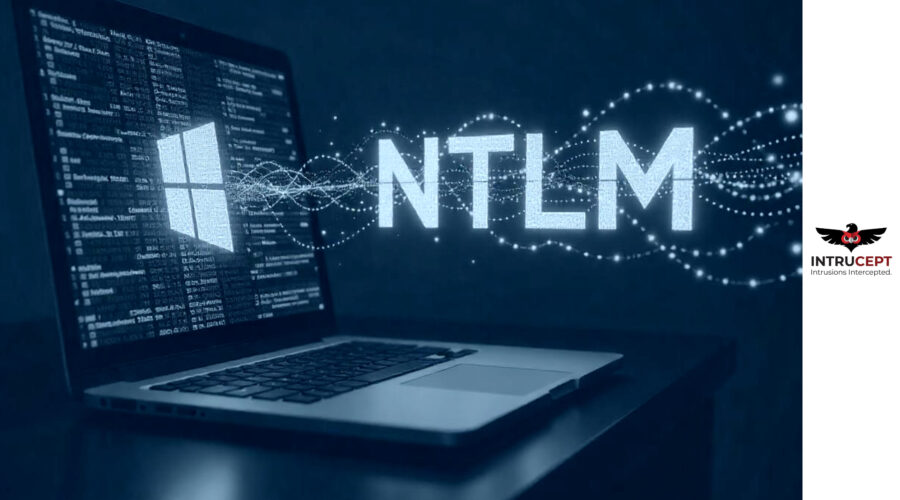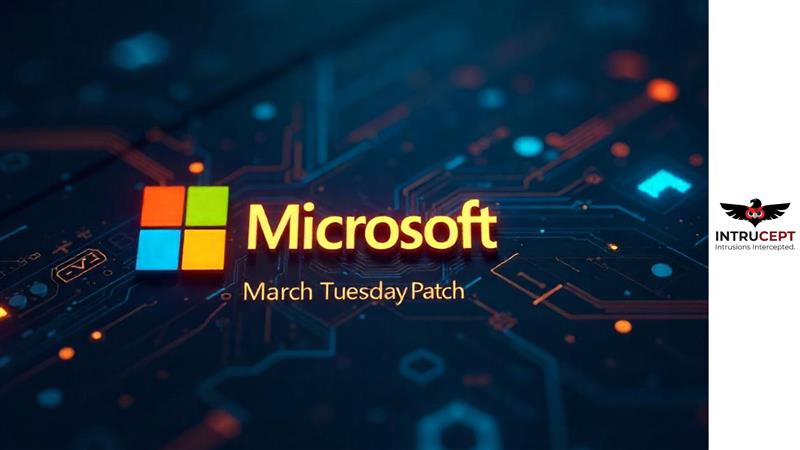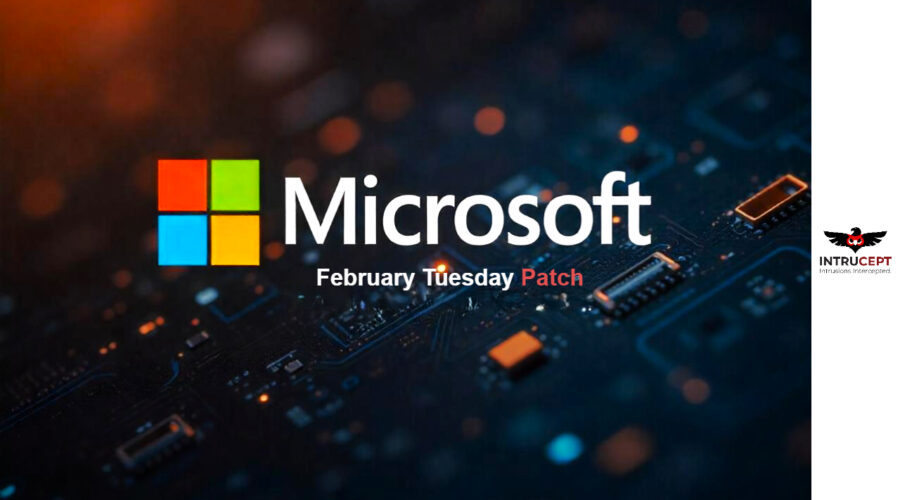WordPress Ultimate CSV Importer Flaws Put 20,000+ Sites at Risk
Threat researchers discovered an arbitrary File Upload vulnerability and an Arbitrary File Deletion vulnerability within the WP Ultimate CSV Importer plugin. This is affecting versions 7.19 and earlier.
The vulnerabilities have been addressed in version 7.19.1 of the plugin.
Summary
| OEM | WordPress |
| Severity | High |
| CVSS Score | 8.8 |
| CVEs | CVE-2025-2008, CVE- 2025-2007 |
| Actively Exploited | Yes |
| Exploited in Wild | Yes |
| Advisory Version | 1.0 |
Overview
The security flaw WordPress plugin, Ultimate CSV Importer, affecting over 20,000 websites. The vulnerabilities, identified as CVE-2025-2008 and CVE-2025-2007, can lead to catastrophic consequences, including complete site compromise.
| Vulnerability Name | CVE ID | Product Affected | Severity | CVSS Score |
| Arbitrary File Upload | CVE-2025-2008 | WordPress | High | 8.8 |
| Arbitrary File Deletion | CVE-2025-2007 | WordPress | High | 8.1 |
Technical Summary
A critical security vulnerability has been discovered in the WP Ultimate CSV Importer plugin (versions ≤ v7.19). This flaw allows attackers with only Subscriber level access to exploit the system in two dangerous ways:
- Malicious File Upload: Attackers can upload malicious files, potentially enabling remote code execution and granting full control over the affected site. This allows for complete site compromise, including the ability to install backdoors or steal sensitive information.
- Critical File Deletion: Attackers can delete crucial files, such as wp-config.php, which can reset the WordPress site and give attackers the ability to take full control over the site.
| CVE ID | System Affected | Vulnerability Details | Impact |
| CVE-2025-2008 | WP Ultimate CSV Importer plugin (versions ≤ 7.19) | A critical flaw in the WP Ultimate CSV Importer plugin (≤ v7.19) allows attackers with Subscriber access to upload malicious files due to improper file type validation. This can lead to remote code execution (RCE) and full site takeover. | Remote code execution (RCE) |
| CVE-2025-2007 | WP Ultimate CSV Importer plugin (versions ≤ 7.19) | A serious flaw in the WP Ultimate CSV Importer plugin (≤ v7.19) allows attackers with Subscriber access to delete critical files, like wp-config.php, due to weak file path validation. This can reset the site, letting attackers take control. | Arbitrary file deletion leading to site reset |
Remediation:
Install version 7.19.1 or later to fix the security flaws. Keeping all plugins and WordPress updated helps prevent attacks.
General Recommendations
- Update the Plugin – Install the latest version (7.19.1+) to fix security issues and keep your site safe.
- Limit User Access – Allow only trusted users to upload or delete files to prevent hackers from exploiting vulnerabilities.
- Use Security Plugins – Install tools to block threats, monitor activity, and protect your site.
- Backup Your Website – Regularly save backups so you can restore your site if it gets hacked or files are deleted.
Conclusion:
A major security issue in a popular WordPress plugin put over 20,000 websites at risk of being taken over by hackers.
Attackers could upload harmful files or delete important ones, making websites vulnerable. This incident shows why keeping plugins updated, limiting user access, and using security tools is crucial. Updating to version 7.19.1 is necessary to stay protected.
References:










